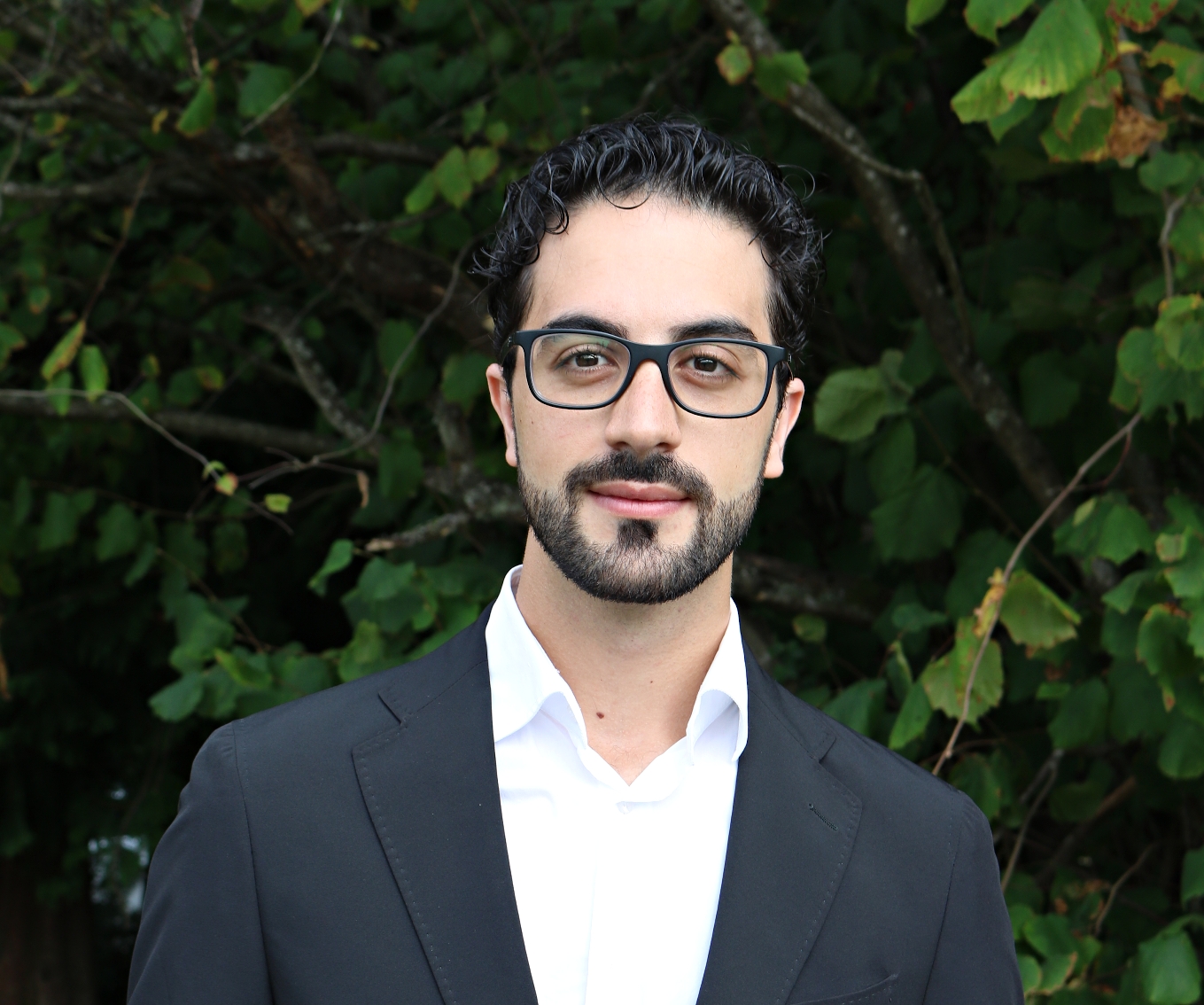Working Papers
Segregation and Sorting of U.S. Households: Who Marries Whom and Where?
Joint with Nezih Guner and Claudio Luccioletti
Abstract
We use a spatial heterogeneous agent model of family formation to study the role of geography in shaping trends in marriage and inequality in the US. The United States has undergone dramatic shifts in household and family structures since the 1980s. Married female labor force participation increased significantly, marriage has declined, and positive assortative mating has risen. Along with a rising skill premium and a declining gender gap, income inequality among households has also widened. We document that these changes had an important geographic dimension: the decline in marriage was much more significant in smaller cities, and marital sorting declined in smaller cities but increased in larger ones. We interpret these facts within a model where households decide where to live, whether or not to get married, and with whom. The framework allows us to quantify the importance of each channel in shaping trends in marriage and inequality.
The Changing Value of Employment (R&R AEJ:Macro)
Joint with Giovanni Gallipoli
Abstract
Are earnings informative about the returns from work? We estimate the value of worker-occupation matches in an equilibrium model that distinguishes between wages and latent returns and derive a measure of rents that has three properties: (i) it reflects wages and unobserved match values; (ii) it delivers a monetary metric for compensating differentials; (iii) it illustrates how the marginal workers within a match affect the rents of others. We show that earnings closely track rents between 1980 and 2018. The results highlight a dichotomy: while the existence of rents is due to latent values, their evolution is driven by technology.
Marrying Your Job: Matching and Mobility with Geographic Heterogeneity
Abstract
This paper examines the interplay between labor markets and marriage markets. I assess the micro and macro implications of geographic and marital selection in a model of marital and location choices where: (i) marriage markets are an endogenous amenity that affects workers’ migration choices, and (ii) being married introduces family ties that restrict mobility. Using US data, I show that workers in cities that pay low wages for their occupation (those with higher returns from migration) are less likely to marry and more likely to divorce. Moreover, conditional on marrying, they are more likely to choose partners whose incentives to migrate align with their own. I use these empirical observations to calibrate the model and demonstrate that marital incentives boost the concentration of workers in more productive locations.
Work in Progress
- Multidimensional Human Capital and Wage Growth in Cities joint with Hyejin Park
